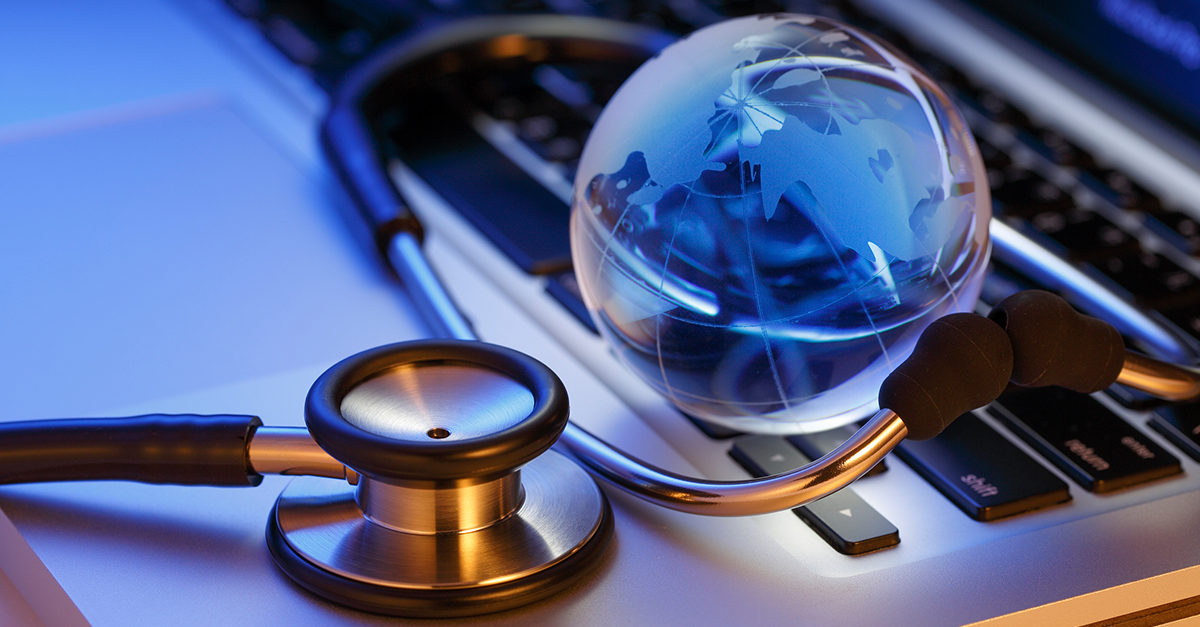During the past 10 years, we’ve had several health scares around the world. For example, severe acute respiratory syndrome (SARS) started in Hong Kong, spreading to many corners of the world. The H1N1 virus developed in 2009, and by the time it had run its course, the U. S. Centers for Disease Control and Prevention (CDC) estimated there were more than 60 million cases. In more recent years, we have had to deal with Ebola.
In all these situations, cleaning professionals have been, and will continue to be, on the front lines helping to minimize the spread of these pandemics. And we can pretty well count on them being called to the front lines once again when the next pandemic occurs.
Frequently, too many cleaning solutions, including ones that are too powerful, have been used to stop the spread of disease. A lot of this has been panic driven. To help prevent this reaction in the future, cleaning professionals can take a different approach to address another public health scare. We can refer to this as a Green Infection Prevention program.
Such a program would require the following steps, which overall, can help to prevent the spread of germs and lessen the amount of cleaning solutions we put into the environment.
Get the Facts
To prevent another panic, always turn to credible sources for information about public health concerns. One of the most reliable is the CDC.
Establish a Chain of Command
Ensure that one person is responsible for staying informed regarding the public health concern and instructing and implementing the response to it. This will involve what cleaning solutions to use, how to use them, and what protective clothing cleaning workers should wear in an emergency, such as gloves and protective eye gear.
Understand Solutions Before Use
While we use them every day, we may not know exactly what to expect from our different cleaning solutions. An all-purpose cleaner, for instance, is designed to remove soils from a surface; it does not sanitize or disinfect the surface.
Increase High-Touch Point Cleaning
One of the lessons we learned from SARS is just how many surfaces people touch in a facility every day. In addition to light switches and doorknobs, we can add elevator buttons, vending machine controls, remote control devices, railings, copy and fax machine controls, straps and railings on public transportation, ATM screens and keypads, coffeepot handles, etc.
Know When to Introduce Disinfectants
In a health scare, there are typically three stages that impact cleaning. Stage 1 is when there is the potential for a public health concern in a community. Stage 2 is when there is a public health scare in a community, and Stage 3, the most critical stage, is when the pathogen is infecting a specific property or properties. At each stage, cleaning frequencies should increase; introduce sanitizers and disinfectants at Stage 2.
There is no question that sanitizers and disinfectants are necessary in a Stage 2 or 3 alert. What we need to realize is that these are very powerful cleaning solutions, and in the United States, there are currently no EPA-registered disinfectants that are green-certified. Because of this, we need to take the following precautions:
- Make sure the disinfectant is designed to kill the specific pathogens causing the health concern. These will be spelled out on the product label.
- Ensure cleaning personnel read and understand the label instructions, including dilution rates and surface dwell time to maximize product efficacy.
- Use portion-control systems with concentrated disinfectants. This will help reduce environmental impacts and cost.
All of these measures represent the key to a successful Green Infection Prevention plan. But if I could single out the most important piece of advice, it is to not panic. When we panic, we make mistakes, and when it comes to cleaning—especially during a public health emergency—there’s no room for mistakes.




